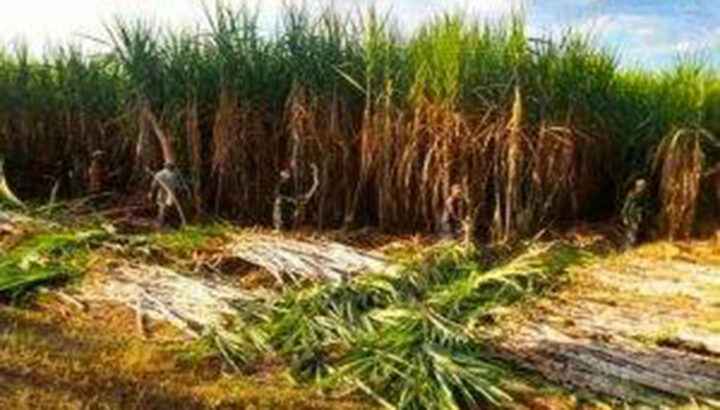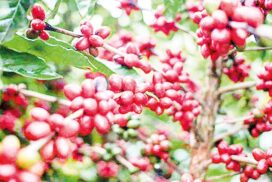Over 30 per cent of the projected monsoon crops cultivation have been totally completed in Sagaing Region, the regional Agriculture Department stated.
In the current financial year 2020-2021, over 5.3 million acres of monsoon crops have been projected for Sagaing Region. The cultivation commenced in May and over 30 per cent of the project acres have been developed so far.
“Over 30 per cent of 5.3 million acres have been planted in Sagaing Region. The cultivation will be continued and the projected acres will be implemented by the end of monsoon season,” said U Aung Kyi Win, deputy head of Sagaing Region Agriculture Department.
Sagaing Region will cover 1.825 million acres of rice crops, 1.144 acres of various pulses, 832,043 acres of edible oil crops, 81,360 acres of jute, 241,491 acres of industrial crops, 7,828 acres of betel, 10,391 acres of spices, 292,831 acres of other edible crops, 3,610 acres of herb and 525,700 acres of non-food crops, totalling over 5.358 million acres of monsoon crops, as per the data of the department.
There were over 5.3 million acres of monsoon crops in Sagaing Region in the last FY, including 1.7 million acres of rice crop, 1.1 million of pulses, over 825,000 acres of oil crops, over 170,000 acres of sugarcane, 79,000 acres of cotton, 8,500 acres of kitchen crops and 126,000 acres of other crops.
Sagaing Region saw over 5.245 million acres of monsoon crops in the FY2018-2019, with 1.78 million acres of rice crops, 1.1 million of pulses, over 800,000 acres of oil crops, over 150,000 acres of sugarcane, 80,000 acres of cotton, 8,000 acres of kitchen crops and 129,000 acres of other crops.
Sagaing Region possesses 9.6 million acres of monsoon and winter crops. The region is the third-largest producer of rice crops and the main producer of pulses and oil crops. — Lu Lay/GNLM
Sagaing Region sees 30 per cent of projected monsoon crop acres so far
- August 04, 2021
- 532














